German chemicals giant BASF is, apparently, hard at work developing special paint to stop autonomous cars crashing into each other.
It’s to do with lidar, a sensor that uses reflected laser beams to draw a highly detailed 3D picture of whatever happens to be in the car's way.
Expensive and often bulky roof-mounted lidar is widely used in autonomous car development. It isn’t yet common as part of production cars’ advanced driver assistance systems (ADAS), but it's set to become quite a big deal (although Tesla boss Elon Musk may disagree).
It turns out, however, that the darker shades of paint preferred by many car buyers don’t reflect lidar very well, which is a problem that BASF is setting out to address (the ins and outs of how the new paint works are about as interesting as watching it dry, but look here if you want some more detail).
Lidar-absorbing paint is just one of hundreds, perhaps thousands, of hurdles in the way of self-driving cars, delaying the arrival of full autonomy for some years to come. Many car makers have been quietly back-peddling on their claims of a few years ago that they would have fully autonomous cars on the road by, well, about now.
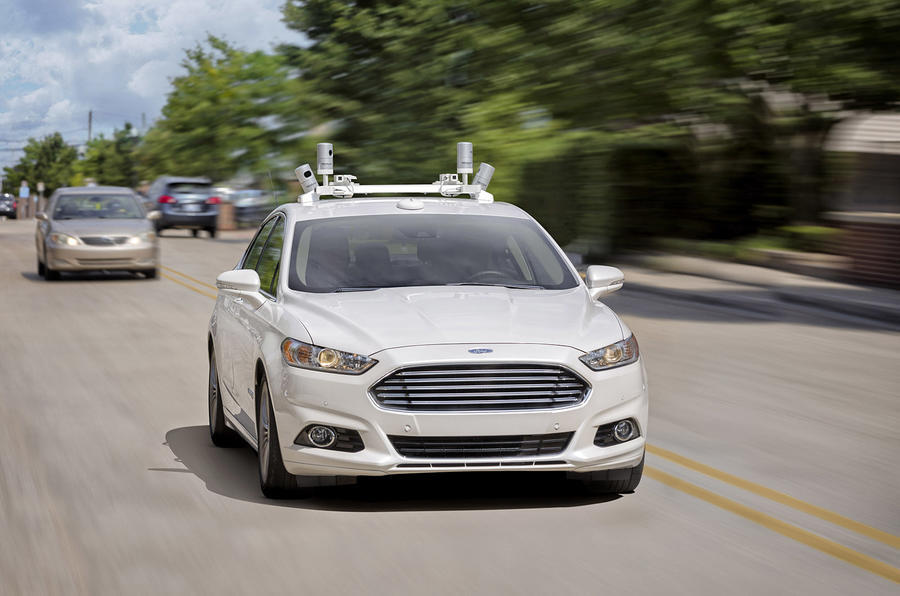
Stories of new self-driving car trials regularly appear in the press, however, and a number are already under way in the UK (at Manchester and Gatwick airports and in London’s Canary Wharf, for example), but these vehicles all operate within a clearly defined area and perform repetitive, known journeys. In some cases, they're what you would recognise as a conventional car, albeit with the addition of roof-mounted lidar – Waymo's Jaguar I-Pace fleet, or Addison Lee and Oxbotica’s Canary Wharf taxis a case in point – while others are decidedly odd-looking, pod-like things.
You could argue – and I’m going to – that the development of self-driving cars mirrors the rise of the robot, which has taken quite a bit longer to come to fruition than we were once led to believe it might. In the 1960s, spurred on by sci-fi films and TV shows, society was sold the idea of quasi-humanoid automatons tending to its every need "only a few years from now". I’m still waiting for mine.
When robots were first adopted for industrial manufacturing roles, they didn’t resemble anything that you or I might once have imagined they might look like. We got at times odd-looking, if high-tech, machines performing a set range of repetitive tasks within a confined area. Sound familiar?
It’s only now, six decades or more on, that the reality of that original robotic promise is bearing fruit that might appeal to the everyday consumer. If you want to be both impressed and terrified in equal measure, have a look at some of Boston Dynamics’ offerings on YouTube.
Many of the American company’s creations are approaching C-3PO levels of domestic – and military – usefulness, in some ways similar to but in other ways quite different from the ‘Danger, Will Robinson’/’kill all humans!’ concept of the 1950s. All of them, though, are quite hypnotically robotic.
Boston Dynamics has been refining its technology since 1992, and getting to where it is today has been time-consuming, complex and, you would imagine, very costly.
A bit like autonomous cars, then. And there are other parallels. In robotic terms, a major stumbling block remains the development of the artificial intelligence (AI) capability that will allow a robot to perform with true autonomy and interact with a changing world around it rather than simply executing the same routines again and again with unwavering precision and accuracy. Just like self-driving cars.
A car’s sensors may be able to detect everything in the vicinity (paint finishes permitting), but the AI algorithms required to analyse and decide what to do with that data remain very much at the ‘work in progress’ stage.
Autonomous cars do at least have one advantage over robots, though, in that their purpose is predetermined and relatively specific. In time, robots might be expected to do just about anything; all a self-driving car has to do is, well, drive. Although that is turning out to be a bit more difficult to achieve than was first thought.
We’ll get there in the end. But the end is probably a lot further off than than we’ve been led to believe, and it might not look like how we imagined it once we arrive.
Read more
Fully autonomous cars could be a fantasy
Toyota: autonomous driving levels are causing confusion
Ford: autonomous tech won't kill the driver's car


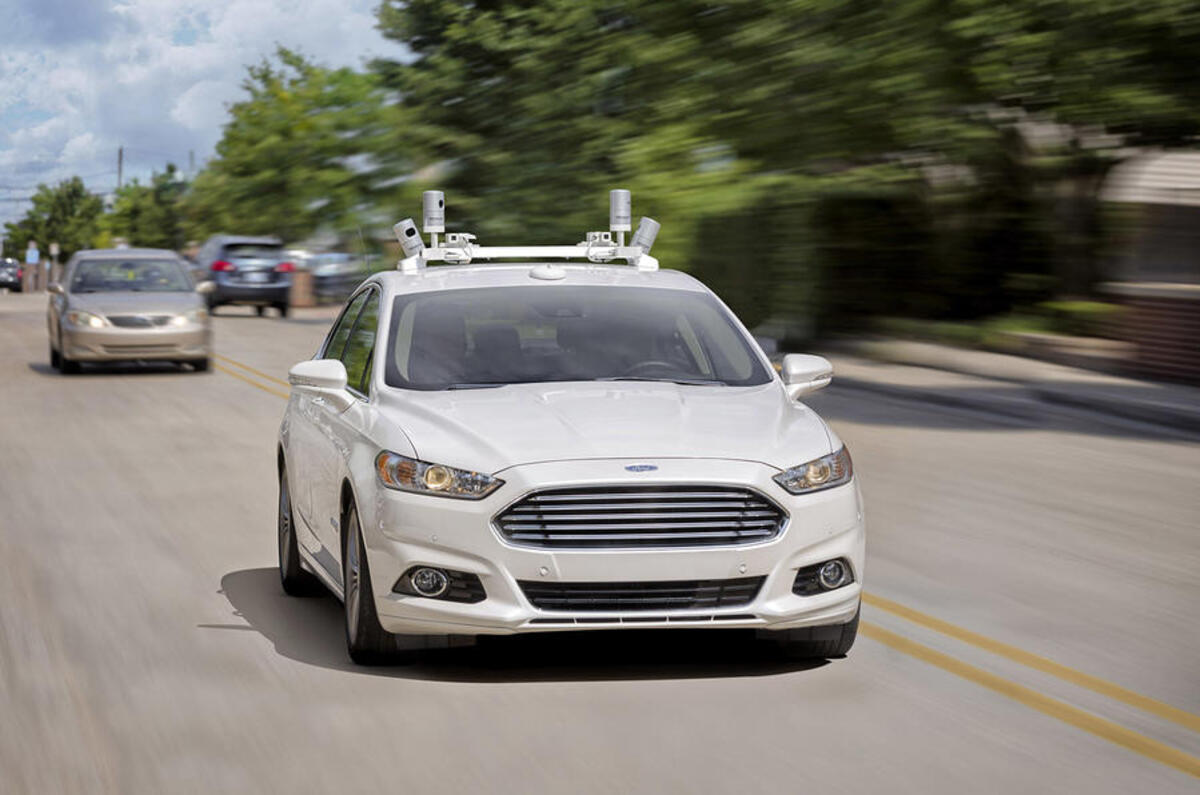
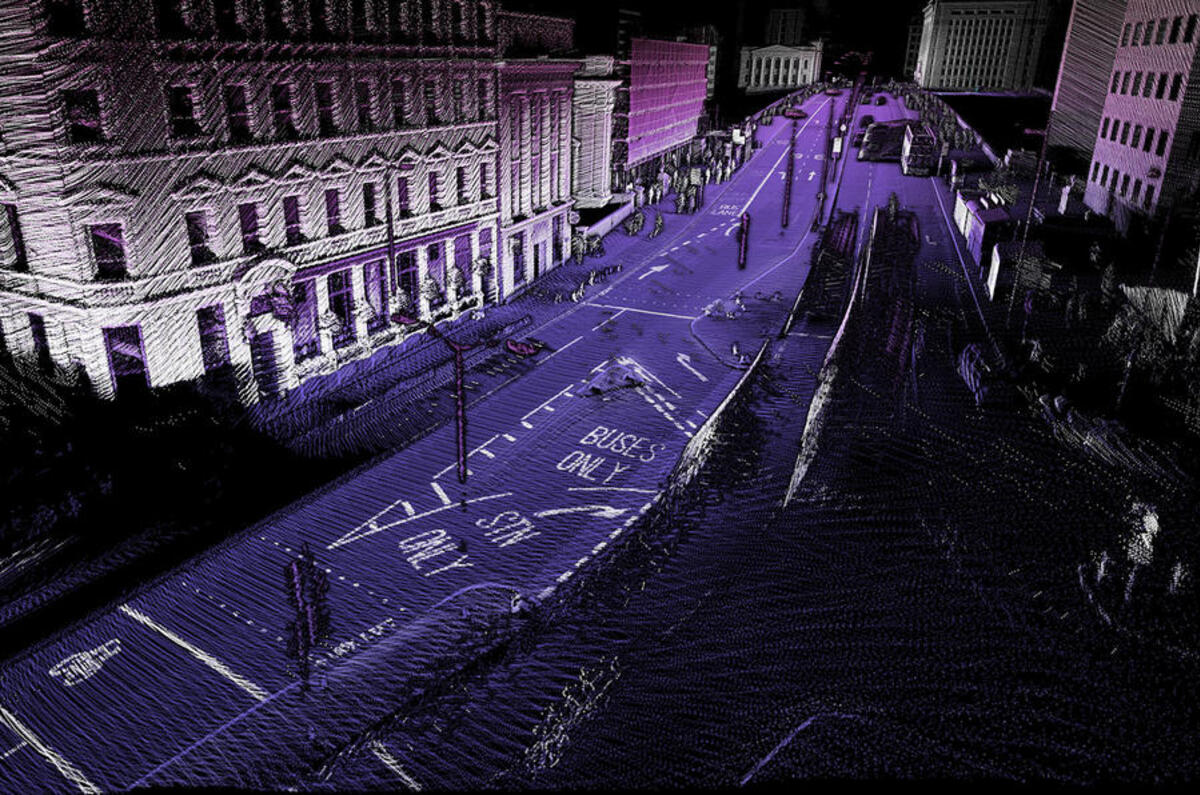
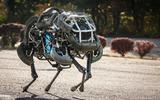
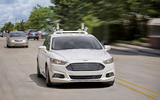
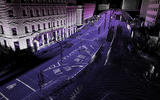


Join the debate
Add your comment
Be warned....
Stephen Hawking warned before he died that AI would end us as a species, if you give a Machine full autonomy, will it see us as inefficient, slow, and, what might it do.....?
Good question, Peter. There
LOL
Do I detect a hint of sarcasm there eseaton??
That Boston Dynamics 'thing'
That Boston Dynamics 'thing' is terrifying..doesn't help that it's the US that are so far ahead in this: you can imagine, without too much of a stretch of imagination, robocops + government agents roaming the badlands of LA..